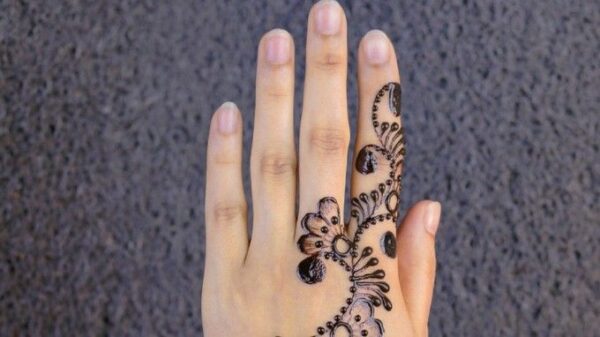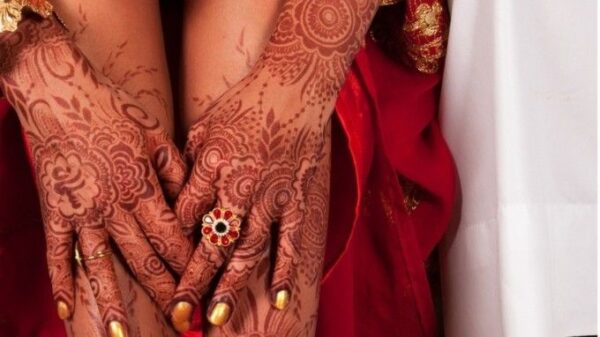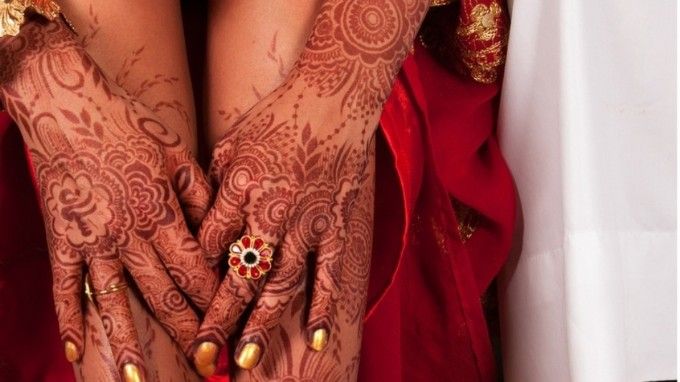Henna is also known as mehendi and it is one of the most traditionally arresting visuals of all time. Role of Henna in Indian Wedding Traditions in 2025 is like a personal canvas for storytelling, becoming much more than a simple cultural ritual. It invites both safety and scrutiny as some people absolutely love putting it on while some people find the process of drying it slightly tiring. It is similar to a canvas of storytelling for the artists. It has become a way to earn money for artists. Henna was first used in North Africa. It was used across the middle east so that they can highlight traditional functions like somebody’s wedding anniversary or someone’s engagement ceremony. Henna is said to protect people from the evil eye and it really helps in invoking blessings. Other than that,some people state that the longer the stain of a mehendi remains, the stronger the marriage would be.
Traditions
Some people believe that a darker mehendi means the bride will have a peaceful wedded life. Also, the mehendi is traditionally put on the Hindu bride before the day of the wedding. After she settles in her husband’s house, she is exempted from all household duties such as cooking and cleaning until the mehendi has completely vanished from her hand. The mehendi ceremony itself showcases a kind of transition from girlhood to womanhood. The mehendi ceremony is like a very happy ritual which happens before the wedding where all family members gather together, decorate their hands with mehendi and play funny games like ‘antakshari’.
Changes in 2025

By the year 2025, there have been a number of changes in the way a bride would like her mehendi to be done. The symbolic essence is still the same but the practice of mehendi has also evolved. People have become very influenced by social media which is why brides are opting for minimalism by choosing cleaner designs.
Role of Henna in Indian Wedding Traditions justify that brides are finding negative spaces, geometric designs and light patterns more attractive than traditional heavy designs which left almost no empty space in the hand of the bride. In 2025, sole mehendi has become very trendy as brides decorate the soles of their feet with intricate designs. People have become more focused on personalisation. Instead of getting a design filled with flowers and peacocks, they are getting a design of the initials or name of their husband as it is significantly more meaningful to them. Some people are also getting a design of the portrait of their husband and them. People are also fusing indian and western designs. Instead of the traditional, solid brown mehendi, woman are experimenting with mehendi that has colours on them.
Challenges

With the rise of social media, people face the pressure of making everything look perfect. Mehendi functions that were held a decade back were much simpler and there was not a lot of pressure on the artists to make everything look perfect. Some families feel that if their brides create a indo-western fusion, it does look very pretty by itself but it somewhere loses its cultural significance.
There are concerning reports that black henna has very harmful additives added to it. These additives are poisonous in nature like PPD or other harmful chemicals.
In conclusion, even though mehendi only stays for a short while, it has a permanent meaning and a lasting impact. It is a language that is founded by rituals. Mehendi is like the base or the canvas of storytelling. Therefore, the role of Henna in Indian Wedding Traditions in 2025 is extremely significant.
Author
Shreeja Mukherjee


